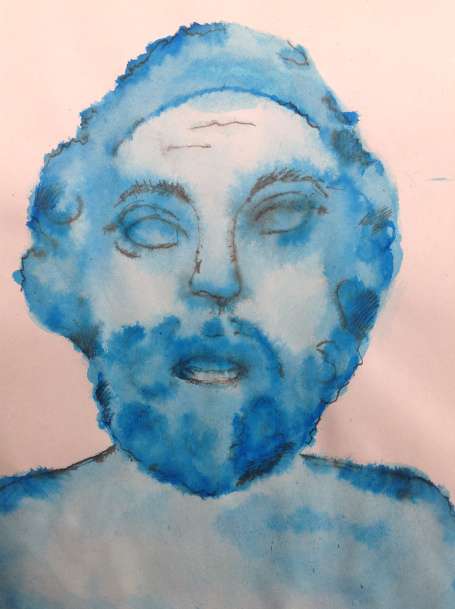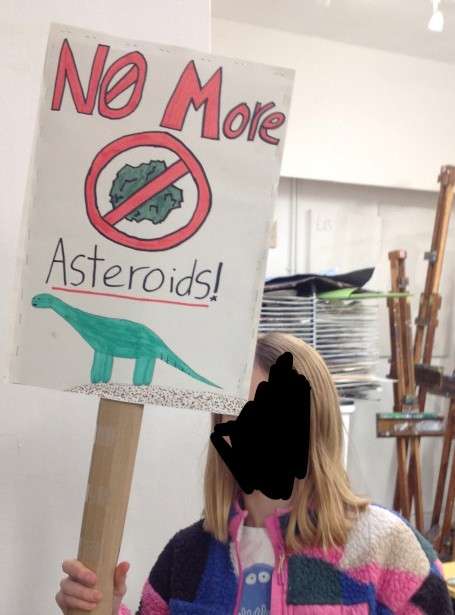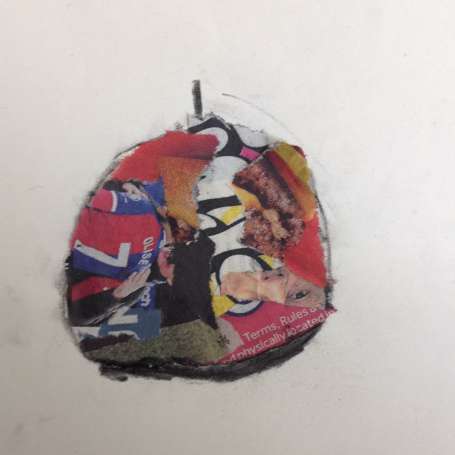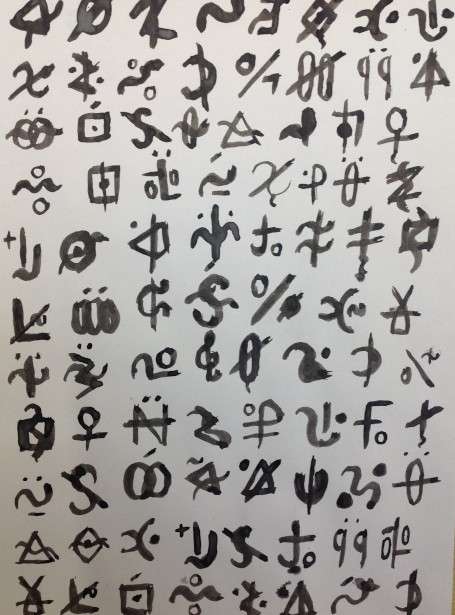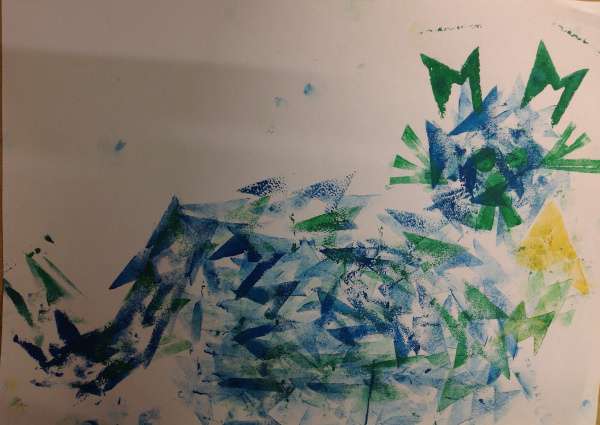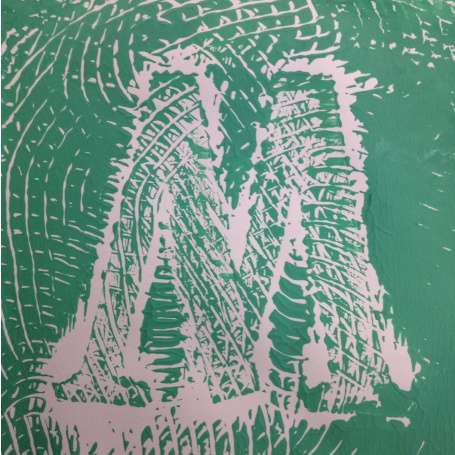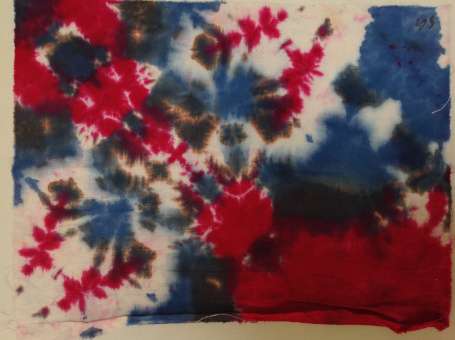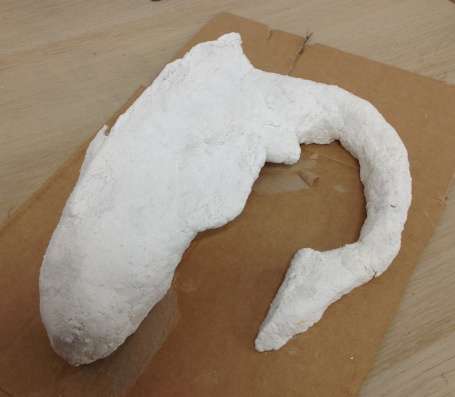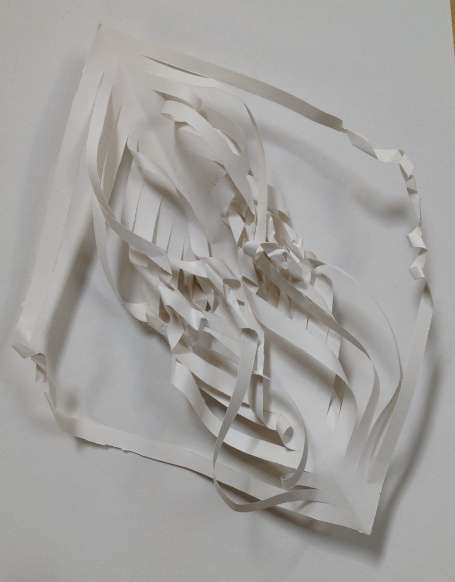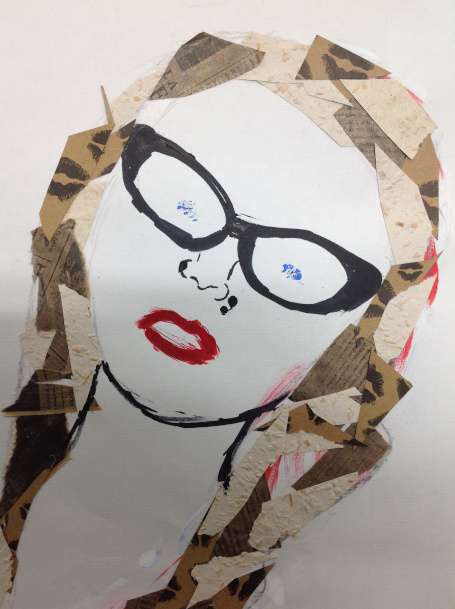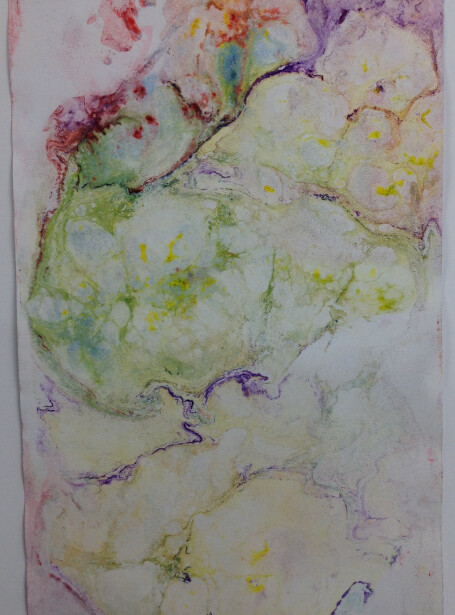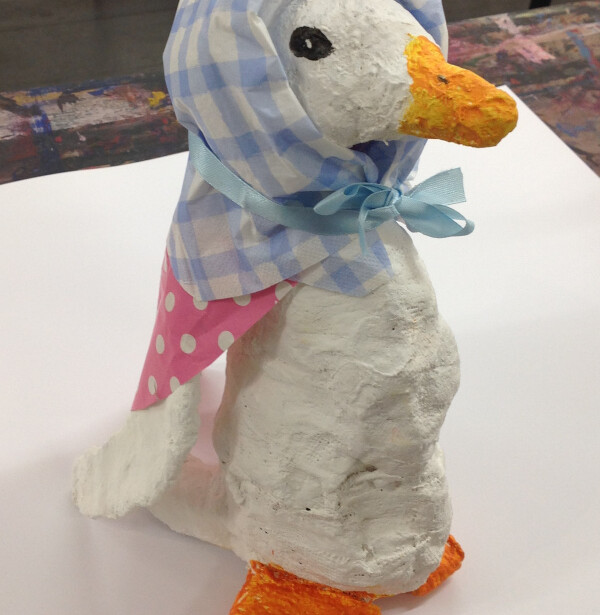This term we are going back to basics and focusing on different painting or drawing tools. And this week it’s back to basics with our subject matter – classical sculptures. We have a few plaster casts in the studio, and I printed out some pictures of Greek and Roman statues to choose from. Taking inspiration from this Access Art session, I introduced the use of pen and ink – in which we find the shadows using a soft brush and coloured ink, using…
